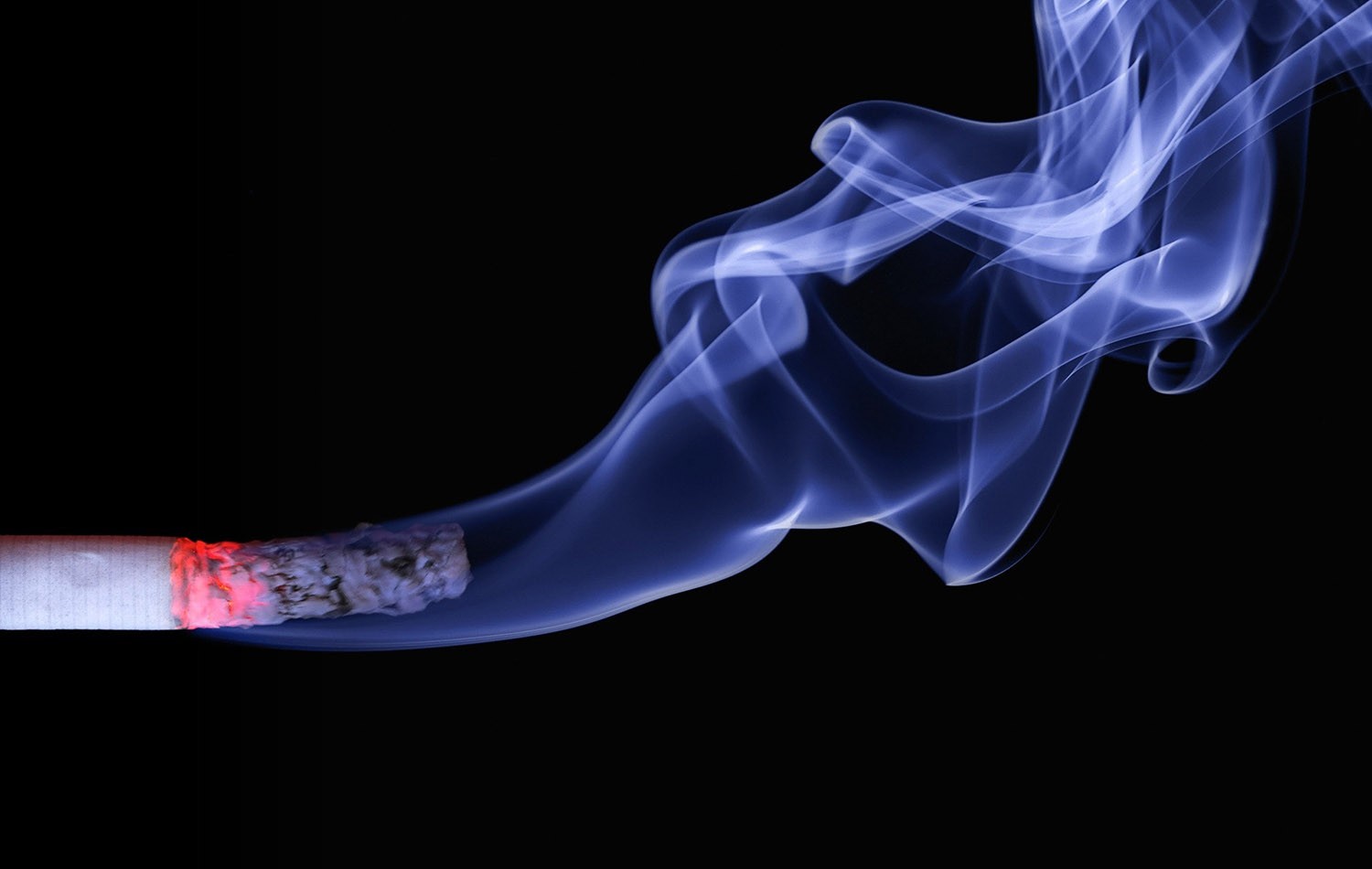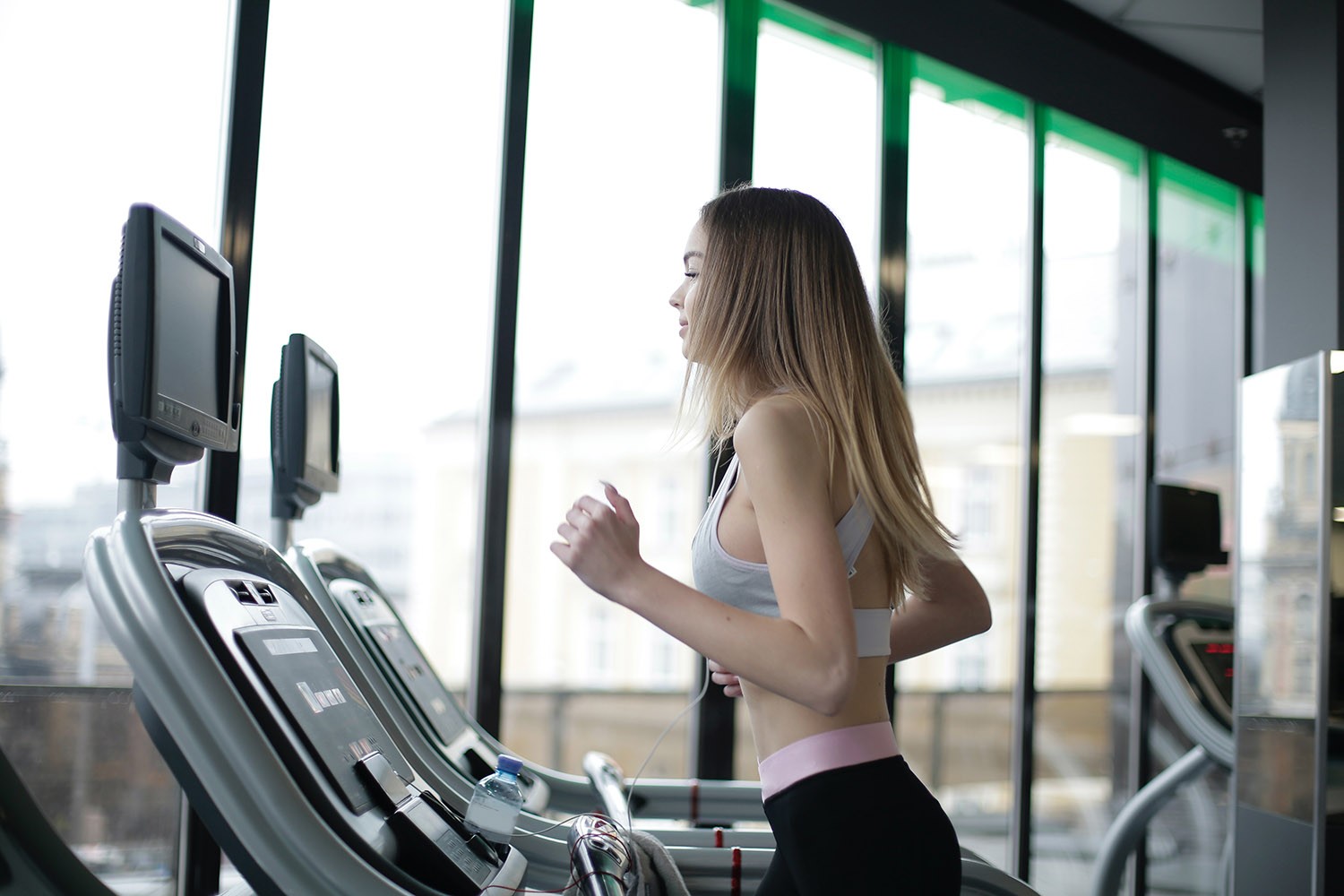Promote Respiratory Health This October

Lungs are amazingly remarkable organs. In fact, they do what they do so well every single day, waking or sleeping, that we take them for granted. That is, of course, until their function is diminished in some way. October is National Lung Health Month and we at Healthy Kansas City magazine want to promote respiratory health through prevention, detection, treatment, and education. We encourage everyone to prioritize lung health daily.
I don’t know about anyone else, but things that happen automatically get my vote and my fascination. Even automatic car locks give me a sense of joy, but lungs take it to a whole new level. It’s okay to judge me, but think about this and you, too, will be on Etsy getting your “I love my lungs” T-shirt: While you were busy thinking about other things, your lungs transported 5,000 gallons of air through airways leading into and extending throughout the lungs. These airways branch off numerous times and diminish in size with the combined total length reaching an incredible 14,900 miles. (The approximate horizontal distance of the United States is just 2,800 by comparison.) Lungs supply oxygen to the blood and remove carbon dioxide and other gases from the body. As amazingly complex and resilient as lungs are, anything that we breathe in can directly affect lung health.
Lung health has been a concern for physicians through human history. As the most exposed of the internal organs, the lungs have been center stage for the past 150 years with diseases such as tuberculosis, pneumonia, and lung cancer, and most recently COVID-19 headlining in plots we’d all like to change. Over the years, lung diseases have shifted from such infections as tuberculosis to diseases of dirty air which include common diseases such as chronic obstructive pulmonary disease, asthma, and lung cancer. Lung disease affects a huge number of Americans with 10 million people diagnosed with bronchitis each year, 25 million living with asthma, and 150,000 annual deaths attributed to lung cancer.

Many lung diseases are attributed to environmental and lifestyle causes. For example, many lung cancers can be attributed to smoking and new diseases have emerged from industrial pollution, such as asbestosis and mesothelioma. However, not all harmful pollutants are obvious, or exist outdoors or on job sites. Shockingly, indoor air quality is often less healthful than outdoor air quality! Most modern homes harbor many harmful pollutants and trap the pollutants in the home’s tightly sealed envelope. Some common lung irritants found indoors are lead, formaldehyde, radon, cleaning agent vapors, and fire-retardants. Natural pollutants also make their way into the home, including pet dander, dust mites, and mold.
Change is Possible
While the lungs are protected by some built-in defenses, our choices are still the respiratory system’s primary defense against serious disease. One choice above all others can dramatically impact the health of your lungs –– the choice not to smoke or to quit smoking. Cigarette smoking is the major cause of lung cancer and chronic obstructive pulmonary disease (COPD), which includes chronic bronchitis and emphysema. Cigarette smoke narrows the air passages, causes chronic inflammation, destroys tissue, and can trigger changes that can grow into cancer. The good news is, it is never too late to benefit from quitting.
Take Control of Your Indoor Air Environment
Avoiding lung-damaging agents is simple but requires some conscious effort. According to the Environmental Protection Agency, the most effective way to improve indoor air quality is to eliminate individual sources of pollution or to reduce their emissions. One way to do this effectively is to use low or no VOC products. VOCs, or volatile organic compounds, are a group of chemicals that vaporize easily and bring gas pollutants into the home from a variety of sources. There are over 400 compounds in the VOC family that have been identified in the home and of these over 200 can be found in carpeting.
Another often overlooked measure is testing for radon. Make sure your home has a radon detector. This colorless, odorless gas is the second leading cause of lung cancer in the United States today.
Consider using more natural products in cleaning, such as vinegar which is non-toxic and eco-friendly, making it the ultimate multipurpose cleaning solution. Where vinegar just will not do, try other natural options.

Take Control of Your Health
Like any other part of the body, it is advisable to give your lungs some special attention to keep them in optimal health. One way to do that is to exercise them either through a cardio work out, or to practice diaphragm breathing, emptying the lungs in single breaths. Take steps to improve indoor air quality.
If you are a smoker, another positive course of action is to quit. There are many free online support groups and apps that can be found through the American Lung Association. Additionally, many health plans offer smoking cessation programs.
Vaping, too, can cause adverse effects to the lungs. Like smoking, vaping involves heating a substance and inhaling the resulting fumes. While many consider vaping safer than smoking cigarettes, the fumes can contain many harmful chemicals and metal particles harmful to the lungs.
Advances in Care
Advances in lung health largely surround lung cancer and breakthroughs in better imaging and early detection, surgical advances, and new treatment options with new drugs that target specific traits of cancer and stimulate your immune system to fight the disease. These advances in treatment have been dramatic and have already changed the standard of care.
Of significance is the use of the low-dose CT scan, or the low-dose computed tomography (LDCT) scan. One of the things that make lung cancer so dangerous is that its symptoms do not usually present until the later stages of the disease when it is most difficult to treat. Doctors can now check for lung cancer in high risk people using the low-dose CT which takes only about 15 minutes and has the same amount of radiation as a mammogram. Research shows that people who got LDCT had their risk of dying from the disease drop by 16% against those who got chest X-rays.
Another important advance is Image-guided radiation therapy (IGRT). This is the use of imaging during radiation therapy to improve the precision and accuracy of treatment delivery. IGRT is used to treat tumors in areas of the body that move, such as the lungs.
Even with so many advacnes in combating lung disease, still the number one contributor to lung health is proactive prevention, not reactive treatment. Lungs are amazingly complex, but also amazingly vulnerable to the environment we create for them. National Lung Month exists to encourage individuals to make conscious, healthy choices that lead to life-long lung health.
For More Information
www.Lung.org and www.healthline.com/health/quit-smoking/top-iphone-android-apps






